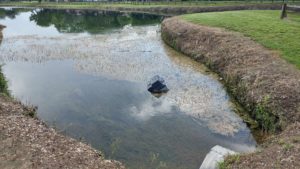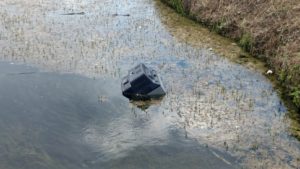On July 20, 2015, NASA released to the world the first image of the sunlit side of Earth captured by the space agency’s EPIC camera on NOAA’s DSCOVR satellite. The camera has now recorded a full year of life on Earth from its orbit at Lagrange point 1, approximately 1 million miles from Earth, where it is balanced between the gravity of our home planet and the sun.
EPIC takes a new picture every two hours, revealing how the planet would look to human eyes, capturing the ever-changing motion of clouds and weather systems and the fixed features of Earth such as deserts, forests and the distinct blues of different seas. EPIC will allow scientists to monitor ozone and aerosol levels in Earth’s atmosphere, cloud height, vegetation properties and the ultraviolet reflectivity of Earth.
The primary objective of DSCOVR, a partnership between NASA, the National Oceanic and Atmospheric Administration (NOAA) and the U.S. Air Force, is to maintain the nation’s real-time solar wind monitoring capabilities, which are critical to the accuracy and lead time of space weather alerts and forecasts from NOAA.
For more information about DSCOVR, visit: http://www.nesdis.noaa.gov/DSCOVR/
If you like this video, subscribe to the NASA Goddard YouTube channel: https://www.youtube.com/goddardtv
Credit: NASA’s Goddard Space Flight Center/Kayvon Sharghi
This video is public domain and along with other supporting visualizations can be downloaded from the Scientific Visualization Studio at:http://svs.gsfc.nasa.gov/12312
Follow NASA’s Goddard Space Flight Center on:
Facebook: https://www.facebook.com/NASA.GSFC
Twitter: https://twitter.com/NASAGoddard https://twitter.com/NASAGoddardPix
Flickr: https://www.flickr.com/photos/gsfc/
Instagram: https://www.instagram.com/nasagoddard/
Google+: https://plus.google.com/+NASAGoddard/…



